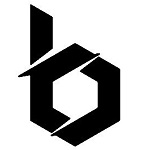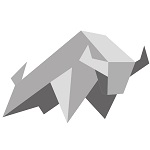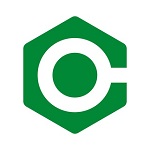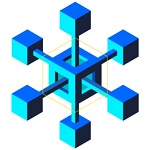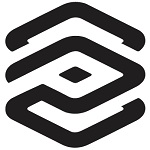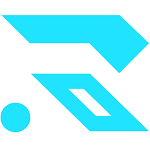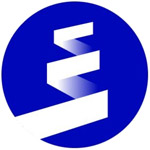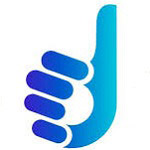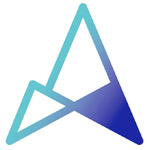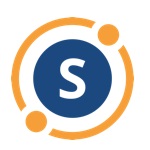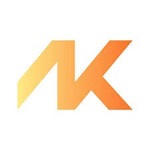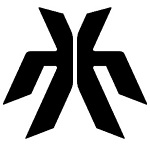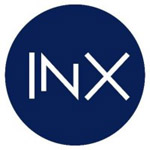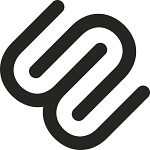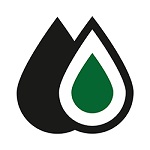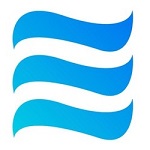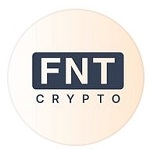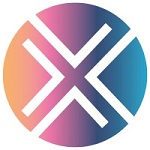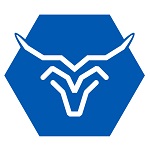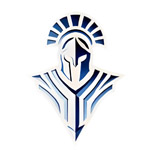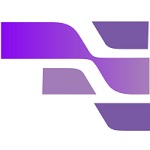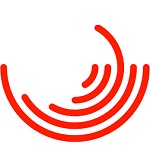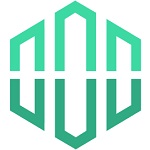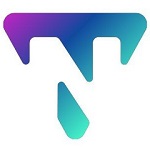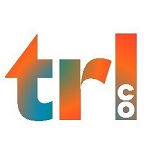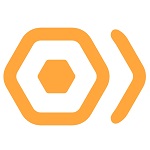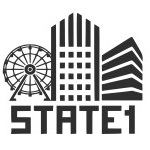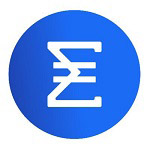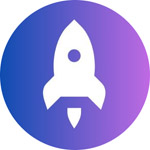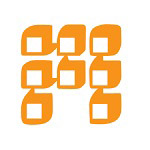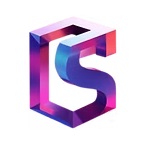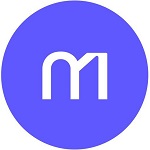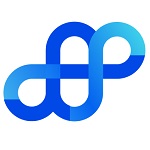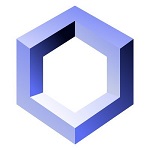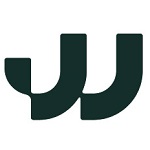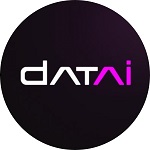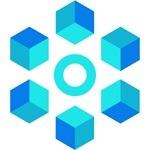RWA
| Projects | Status | Date start | Raised | Launchpad | Ecosystem | X score | Interest lvl | Industry | ||
|---|---|---|---|---|---|---|---|---|---|---|
IDO Upcoming IDO | Jul 08, 2025 | AI +5 | ||||||||
IDO Ongoing IDO | May 12, 2025 | AI +2 | ||||||||
ICO Ongoing | May 12, 2025 | Blockchain +2 | ||||||||
| May 12, 2025 | Mining +4 | |||||||||
IDO | TBA | Real Estate +4 | ||||||||
IDO Past | Jun 20, 2025 | $16M | Gaming +5 | |||||||
IDO Past | Jun 17, 2025 | Trading & Investing +2 | ||||||||
IDO Past | Jun 26, 2025 | Art & Music +4 | ||||||||
IDO | TBA | Multi-Chain Platform +4 | ||||||||
| TBA | $8M | Finance +6 | ||||||||
| TBA | Real Estate +7 | |||||||||
IDO Past | May 26, 2025 | Data Analytics +3 | ||||||||
| May 26, 2025 | Data Analytics +9 | |||||||||
IDO | Jun 07, 2025 | RWA +1 | ||||||||
| Jun 07, 2025 | Mining +6 | |||||||||
IDO Past | May 14, 2025 | DeFi +2 | ||||||||
| May 14, 2025 | Finance +6 | |||||||||
| May 14, 2025 | $521,75M | Crowdfunding & Lending +3 | ||||||||
IEO Past | Apr 24, 2025 | $6M | Blockchain +7 | |||||||
ICO Past | Apr 24, 2025 | AI +3 | ||||||||
| Apr 24, 2025 | $65,25M | Finance +7 | ||||||||
| Apr 24, 2025 | $50M | Identity & Reputation +3 | ||||||||
| Apr 24, 2025 | RWA | |||||||||
IDO Past | Apr 12, 2025 | Web 3.0 +1 | ||||||||
IEO IDO Past | Apr 26, 2025 | Finance +6 | ||||||||
| Apr 26, 2025 | $26M | Blockchain +10 | ||||||||
| Apr 26, 2025 | $23,6M | Blockchain +9 | ||||||||
ICO Past | Apr 26, 2025 | Real Estate +4 | ||||||||
ICO IEO Past | Apr 16, 2025 | Exchanges & Wallets +5 | ||||||||
ICO Past | Apr 16, 2025 | Data Analytics +7 | ||||||||
ICO Past | Apr 16, 2025 | Crowdfunding & Lending +3 | ||||||||
IDO | Mar 26, 2025 | DeFi +3 | ||||||||
| Mar 26, 2025 | $0,6M | DeFi +2 | ||||||||
IDO Past | Mar 07, 2025 | Sport +9 | ||||||||
IDO Past | Mar 16, 2025 | Events & Entertainment +7 | ||||||||
| Mar 16, 2025 | Production & Manufacturing +3 | |||||||||
IDO Past | Feb 26, 2025 | AI +4 | ||||||||
IDO Past | Mar 14, 2025 | Real Estate +4 | ||||||||
| Mar 14, 2025 | $11,05M | Gaming +6 | ||||||||
ICO IDO Past | Feb 21, 2025 | Software +6 | ||||||||
IDO Past | Jan 22, 2025 | $3,3M | Finance +5 | |||||||
IDO | TBA | DeFi +2 | ||||||||
| TBA | $102,75M | Crowdfunding & Lending +5 | ||||||||
ICO Past | Nov 07, 2024 | AI +3 | ||||||||
ICO Past | May 12, 2025 | $5,2M | Blockchain +3 | |||||||
ICO Past | Jan 13, 2025 | Blockchain +2 | ||||||||
IDO Past | Dec 13, 2024 | DeFi +4 | ||||||||
IDO Past | Dec 12, 2024 | $3,2M | Finance +2 | |||||||
IDO | TBA | Data Analytics +7 | ||||||||
ICO IDO | TBA | Exchanges & Wallets +4 | ||||||||
What is RWA
The term RWA (Real World Assets) in the cryptocurrency sphere is associated with the tokenization of “real world” assets. This term is associated with the placement in blockchains of such financial products as direct investments, debt obligations, real estate rights, stocks, bonds, and so on.
Proponents of the idea believe that tokenization can significantly transform the existing financial infrastructure for the better.
The concept involves tokenizing already existing assets to transfer value to decentralized financial applications, reduce costs or improve the efficiency of funds management in traditional markets.
How does RWA work
While the process of representing an asset digitally is nothing new, blockchain technology has significantly expanded its boundaries. Tokenization brings together real-world assets and the ability to store, trade and transfer them directly in the digital space. During this process, the value associated with a tangible or intangible object is converted into a token. Simply put, tokenization can turn any asset into a digital asset, providing seamless transfer, high liquidity, equity and easy storage – all without intermediaries.
It’s also worth noting that RWAs encourage more community involvement in the DeFi sector. And even those who don’t know much about it. In addition, Real World Assets can be categorized as traditional finance (TradFi) with lots of rules, intermediaries, and more. This tokenization model makes it possible to move assets into the decentralized world, making them part of an actively growing industry.
The tokenization process under RWA can be divided into three stages:
External legitimization of the asset
So called off-chain formalization with legal and administrative requirements, legal and administrative processes.
Digital-physical integration
The encryption of financial and legal factors of transactions using smart-contracts. In addition here are selected token models ERC20, ERC721, ERC3643, ERC2222, ERC1400 and others.
Dynamics and market management of the tokenized asset market
Direct withdrawal of assets in the form of cryptocurrencies to the market. At the same time, the dynamics of supply and demand are established, liquidity checks are performed and the price of assets is evaluated. In addition, a check for compliance with AML, KYC rules is performed.
The Real World Assets market is not yet fully formed, but has already managed to divide into categories of projects belonging to the general trend of tokenized real world assets.
- Centralized Stablecoins. USDT from Tether or USDC from Circle are inherently RWAs – the issuing companies of these tokens lock fiat currencies, government or commercial securities in their accounts as collateral. They then issue the stablecoins, which is a kind of tokenization.
- Precious metals. Participants in this area of the RWA market are issuers of steblecoins that have precious metals in physical form as collateral. For example, Paxos or Tether XAUT.
- Works of art and collectibles. This segment is represented through the NFT marketplace. In 2021, when the NFT fever was just starting, a lot of artists and just collectors started tokenizing their works. For example, Justin Sun bought paintings by Picasso and Andy Warhol as NFTs for $22 million.
- Private lending. Popular representative of the sector is MakerDAO or Sky Money now. In 2022, the project opened a $100 million tokenized line of credit to the U.S. Huntingdon Valley Bank, earning a percentage of the profits.
- Stocks and bonds. For example, behind the stablecoin USDM on ETH are treasury bonds, thanks to which, the company receives passive income of about 5% per annum. It is also possible to tokenize any shares from the stock market.
- Real Estate. In early 2023, the French conglomerate Societe Generale borrowed $7 million in DAI stablecoin from MakerDAO. In turn, this crdit was backed by $40 million in bonds.
- Digital assets. Tokenization can transform services and platforms that were previously centralized into something more. An example is the Fragment service developed by the Telegram team. It sells usernames for users, chat rooms and channels, the rights to which can now be secured in the blockchain.
Thus, even Telegram channels can be tokenized, for example, by distributing tokens among subscribers, the channel can form a DAO, where users are interested in the growth and development of the channel and directly benefit from it, as well as can make decisions and participate in management.
Key benefits of holding property with RWA
- Reduces costs by removing intermediaries such as attorneys, brokers, banks, etc.
- Allows for quick and efficient trading of items 24/7, which traditionally could only be done during business hours.
- Lowers the barrier to entry and creates more liquidity.
- Transparent process increase trust and accountability for traders.
- Improved traceability. Blockchain immutability ensures no disputes or fraud in records.
- Built-in legal compliance.
Conclusion
In conclusion, tokenization and the migration of traditional assets to blockchain are associated with a number of challenges that this young market segment will need to overcome for further expansion. The main ones are: the legal framework; technical limitations; and storage security.
Regulation of RWAs is generally more certain than in cryptocurrencies, as the underlying asset is already integrated into the regulatory framework of a jurisdiction – but if securities are traded on controlled and transparent platforms, things are more complicated with their tokenized versions, as they actually form a new market.
To protect investors’ rights, the industry requires a regulated procedure for the issuance, redemption and turnover of RWAs, and such rules have not yet been established in all key jurisdictions.

